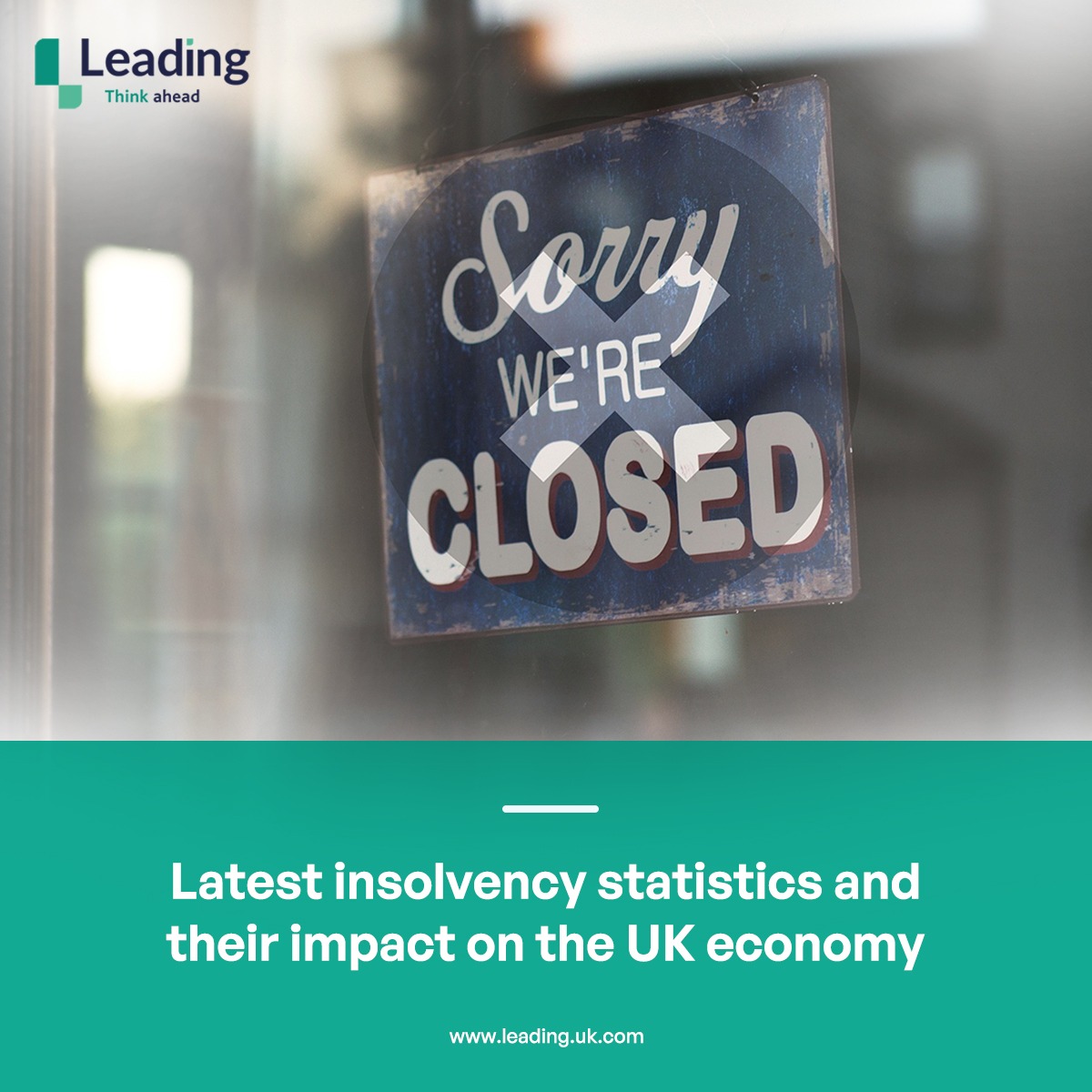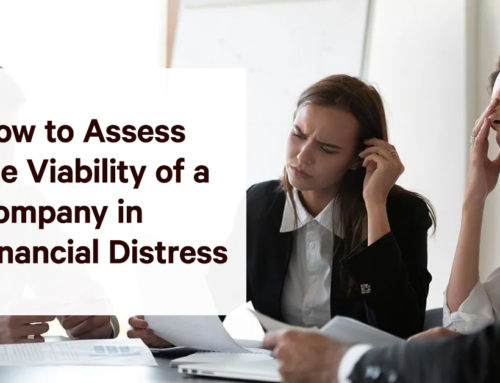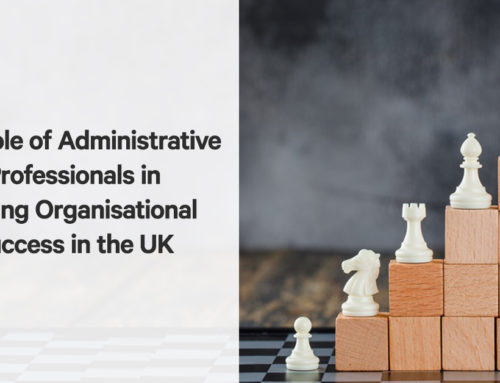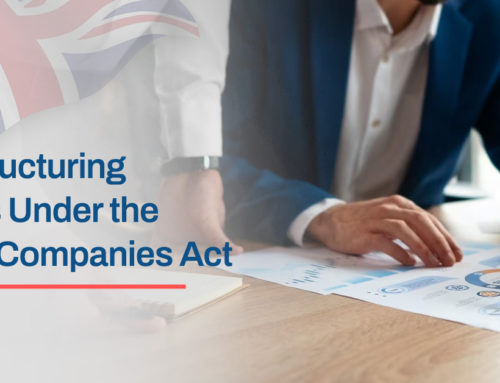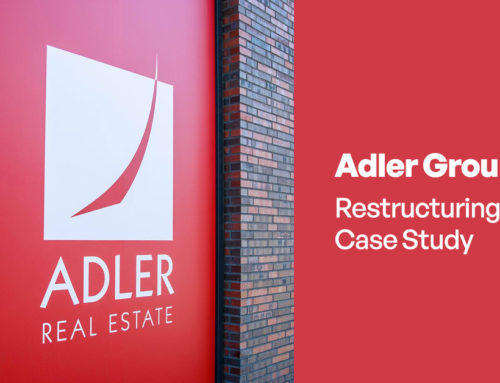During the Coronavirus pandemic, businesses suffered badly, particularly small and medium-sized businesses. Whilst many businesses bounced back as restrictions were lifted, there are plenty still struggling to recover and grow.
In April 2021, the Government announced the Recovery Loan Scheme (RLS), designed to provide support for businesses affected by the pandemic that need access to finance as they work to recover and grow. The finance can be used only for business purposes, such as investment or to manage cash flow. The scheme was due to end last month, but the Chancellor, Rishi Sunak, has since extended it to 30th June 2022. So, how do you apply for a Business Recovery Loan?
What is the Business Recovery Loan Scheme (RLS)?
The loan scheme was launched by the Government in April 2021 to support businesses recovering from the pandemic. It was due to end in December 2021, but in the Autumn 2021 Budget, it was extended to 30th June 2022. At the same time, small amendments were made to the Business Recovery Loan Scheme, including a lower percentage guaranteed by the Government and a lower maximum amount of funding available. Today, over 70 accredited lenders are part of the RLS, offering lending up to £2 million (originally £10 million) over a six-year period.
The benefit of the RLS, which replaced other supported lending initiatives by the Government, is that even if a business has applied, and received a BBL (Bounce Back Loan, a CBILS (Coronavirus Business Interruption Loan Scheme) or CLBILS (Coronavirus Large Business Interruption Scheme) loan, it is still possible to apply for finance through the Business Recovery Loan Scheme. The idea is that the RLS improves the terms of any current loans, overdrafts or other types of financing.
An advantage was that a business of any size could apply for finance, such as an overdraft, and there are no restrictions on turnover, unlike the other loan schemes. However, with effect from 1st January 2022, only small and medium-sized businesses are allowed to apply. This is also the reason why the level of funds available per business has been reduced to £2 million per business.
What are the eligibility criteria for RLS financing?
As with any form of financing, there are certain eligibility criteria for a business wishing to apply for RLS financing. The company must:
- Be a company trading in the UK.
- Be a viable, solvent business (or would be a viable business if not affected by the pandemic).
- Be or been impacted by the coronavirus pandemic.
- Not be in a collective insolvency procedure.
- Not have a turnover exceeding £45 million per annum.
If your business is within the bounds of the Northern Ireland Protocol, your business may be subject to different eligibility criteria. Businesses in some industries are not allowed to apply for RLS financing, including:
- Banks, building societies, insurers and reinsurers (with the exception of insurance brokers).
- Public sector bodies.
- State-funded primary and secondary schools.
You may find, in some cases, a lender is able to offer more favourable terms, but this will be explained to you when you apply.
The scheme allows small and medium-sized businesses to apply and from the 1st of January 2022, the government will provide support for a maximum of £2 million per business (£6 million for a Group), guaranteeing up to 70% of the loan.
The types of finance available from lenders are:
- Loans have a maximum term of six years.
- Overdraft facilities.
- Invoice financing solutions.
- Asset financing solutions.
In terms of the Government-backed guarantee of the loan against the loan, up to 70% of its value, if the business is borrowing £250,000 or less, the lender will not require any form of personal guarantee.
However, if the business is borrowing more than £250,000, the lender may require a personal guarantee, but this largely depends on the business’s credit history and the relationship with the lender. But:
- If over £250,000, the maximum amount that can be covered by RLS financing is capped at 20% of the outstanding balance after the proceeds of the business assets have been applied.
- No personal guarantees are allowed to be held over any principal private residences.
The loan terms are either three years for invoice financing and overdrafts or a maximum of 6 years for asset financing and loans. The maximum level of interest that lenders can apply is 15%, but interest rates will vary depending on the lender.
Why is RLS financing different from BBL, CBILS and CLBILS?
There are two main differences between the RLS and previous financing initiatives:
- Businesses are liable to pay interest and fees from the day the loan starts. The British Business Bank (Government) will not pay the interest and fees for the first 12 months of the loan.
- Because there is no turnover restriction, there is less focus on the amount a business can borrow. However, if applying in 2022, the maximum loan amount has been capped at £2 million.
The Government will guarantee the loan (on behalf of the lender) for 70% of the loan amount, but the borrower is responsible for paying back 100% of the loan. Businesses are able to use the loan for business purposes only, including:
- Managing their cash flow.
- Investing in equipment.
- To meet a one-off cost.
- To assist with payroll responsibilities.
- To invest in growth strategies, such as marketing campaigns.
- To grow the business.
In addition, businesses are allowed to use the Business Recovery Loan Scheme to refinance their BBL, CBILS and CLBILS loans if it offers them more favourable loan terms. If, as a business, you have a bad credit rating, you may struggle to secure an RLS loan unless the bad credit rating is due to being impacted by the coronavirus pandemic. That said, it is worth speaking to a lender as they will assess each application on its own merits.
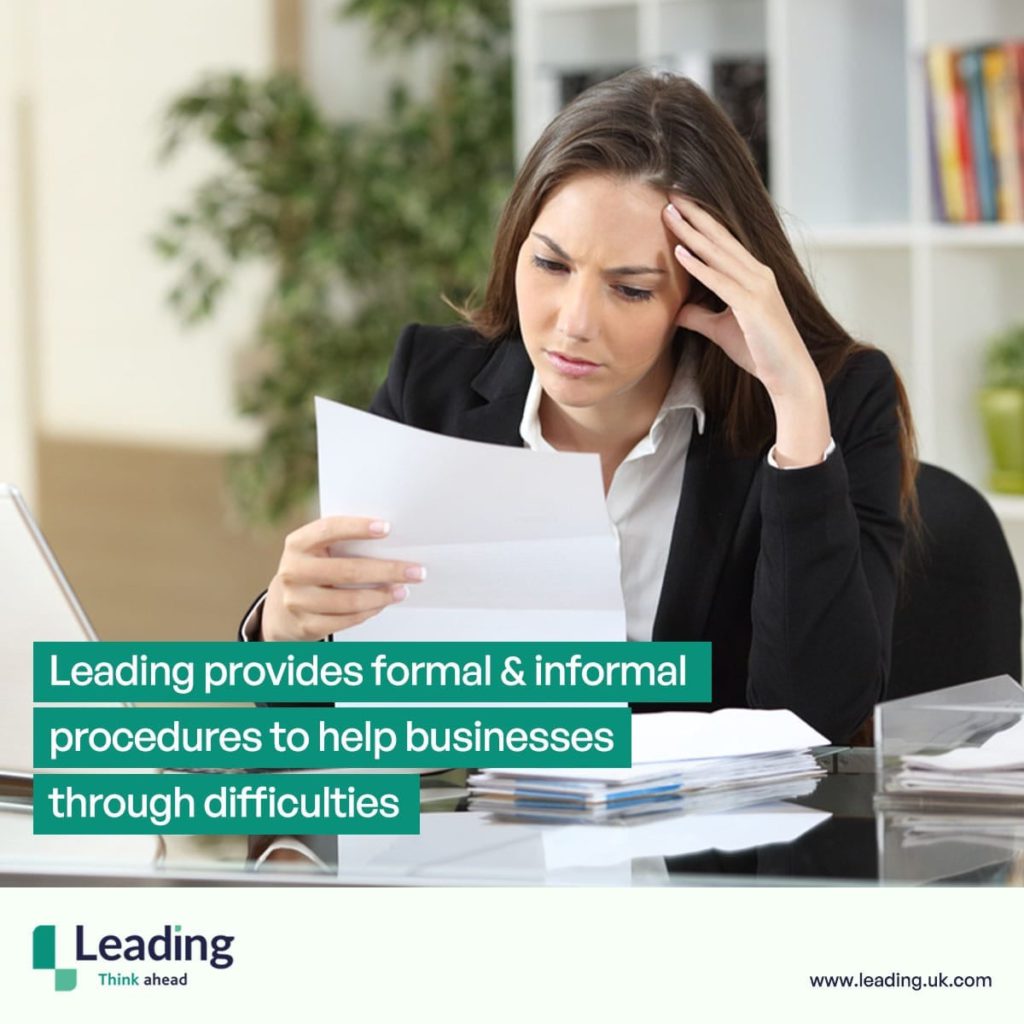
If you are struggling with corporate or personal debt and unsure what the right route is to deal with your creditors, the first step is to seek professional advice. Our highly experienced professionals at Leading are on hand to help with advice on managing personal and professional insolvency matters. Contact us today and discover how we can help you.

